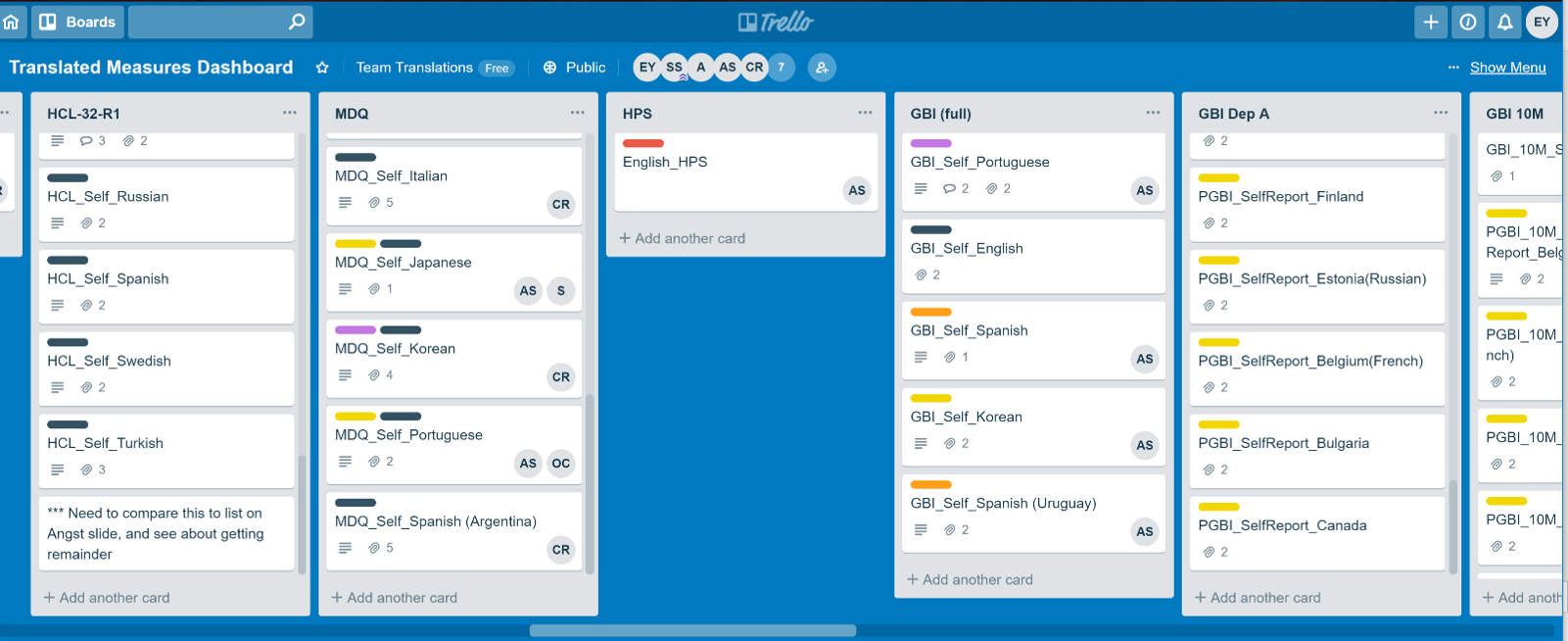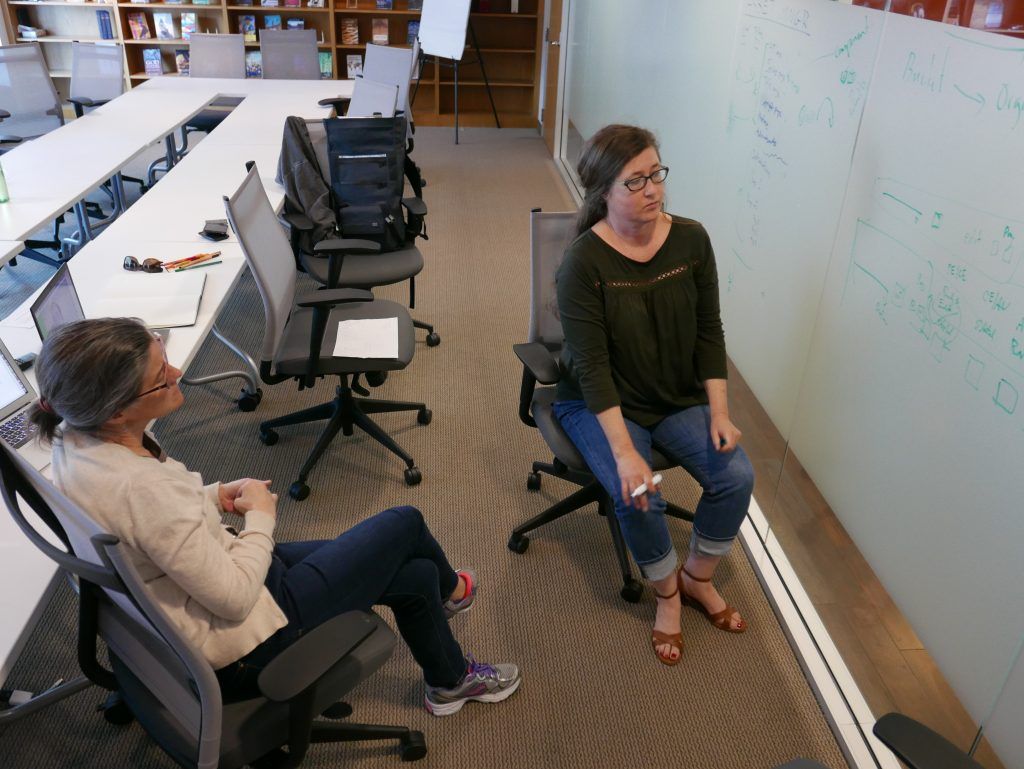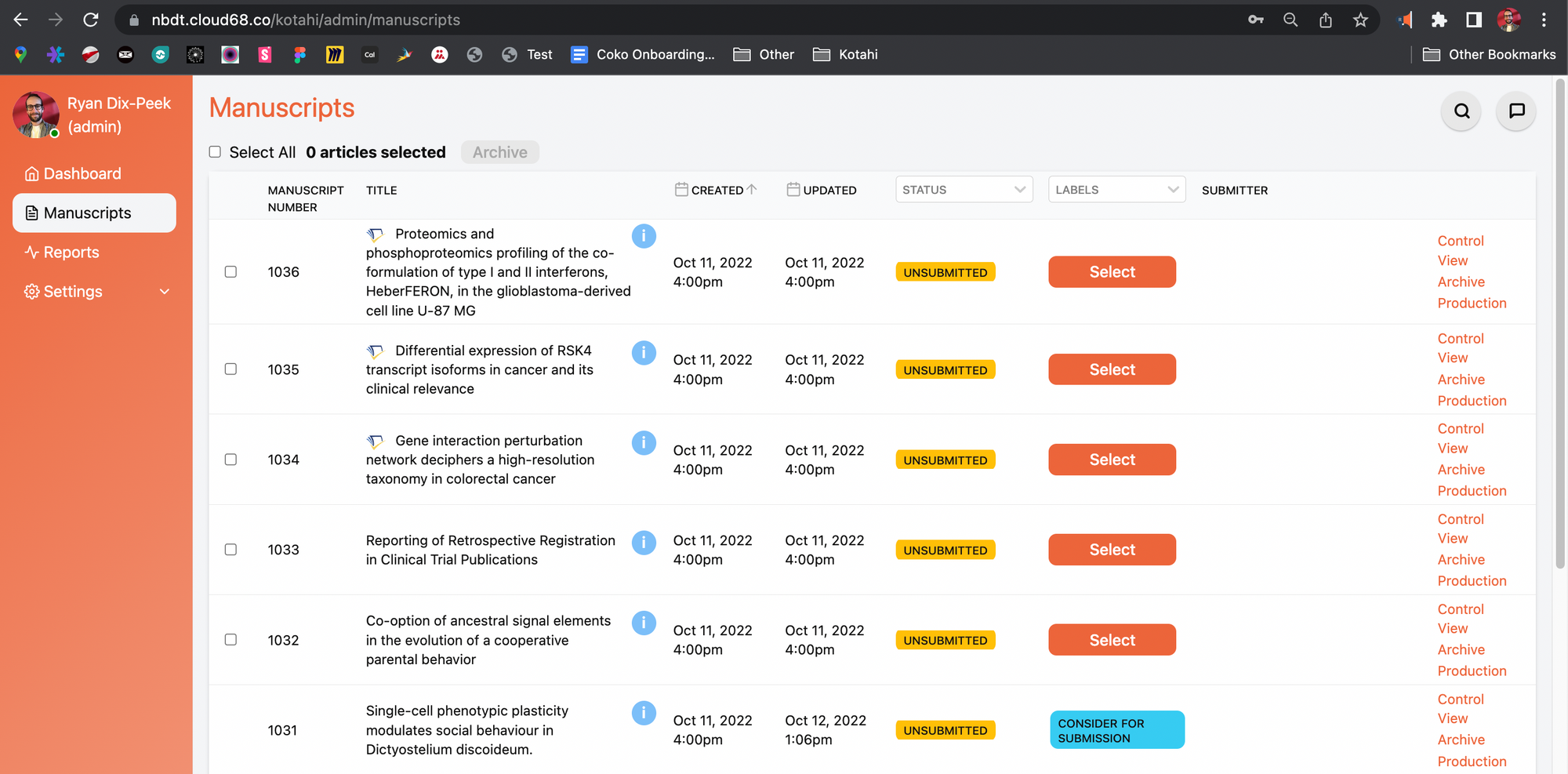Building Bridges, Not Islands: A Journey Through Publishing Innovation from Aperta to Kotahi

The phrase "building bridges, not islands" represents for me the importance of designing adaptability into platforms to foster change in the publishing landscape.
Over the years, I've learned the hard way that bringing change by designing the future is destined for failure. You only end up with a future-island, so to speak, completely disconnected from the mainland where everyone is actually doing the day-to-day work. No one wants to swim to your island.
The better approach is to build bridges to the future.
This article briefly recounts my odyssey through the realm of journal publishing and my theory of change.
The PLOS Aperta Project: An Island of Innovation (2012-2014)
In my first experience working "inside" the journal publishing world, I was employed by the Public Library of Science (PLOS) to build a platform called "Tahi," later to be called "Aperta." PLOS wanted to disrupt the industry so they brought me in knowing I had no previous experience with journal workflows. They had decided an outsider was needed to think differently about the problem.
The issue, as I started to perceive rather early on, was threefold.
Firstly, legacy systems weren't truly managing workflow - they were more akin to tracking systems. In my view, they appeared as old school databases with form interfaces designed for storage and retrieval, essentially functioning as data repositories. They provided a 'rear-view mirror' glimpse into a manuscript's journey through the editorial processes but fell short in assisting the management and adaptation of the workflow according to individual needs. It continues to irk me that these legacy systems are referred to as workflow platforms - I believe the term 'legacy tracking systems' would be more appropriate.
Secondly, journal workflows are very much snowflake enterprises. The journal world might seem like a unified field of snow from a distance, but when you approach it, you soon realize each journal workflow is its own snowflake, with its own culture and approach, often with its own language. And when you zoom in even closer, you see that there is no 100% secure path for a manuscript through a journal's workflow; there are nuances on the vast majority of articles that require some divergence from the 'elegant' pathway towards publication.
Lastly, the current way of working at PLOS was far from optimal. The workflow had been adjusted to accommodate the inadequacies of these tracking systems, resulting in significant inefficiencies. A real 'stone in the shoe' problem had developed where the entire staffing and culture had been warped to fit these dysfunctional legacy systems.
The biggest problem, therefore, that I saw I needed to solve was flexibility. The new system had to be flexible and easily conform to an optimized workflow for any journal, that flexibility needed to also handle ad-hoc operations on the fly. Optimization and flexibility were the only navigating ideas in my mind. To get there, I had to throw all existing industry-platform ideas out the window and come up with a system that worshiped these 2 principles.
Cards to the Rescue
At the time 'card' interfaces were new-ish. They were probably most well known from the Trello application.

The core offering of Trello is the ability to use the tool in anyway you like. Trello is essentially a electronic post-it note board.
My idea was to riff on this and to create a malleable Trello-like interface where workflow stages were represented as customizable (free-form) columns. Individual steps within each stage (column) were documented in cards. Users could see only the cards relevant to them. These stages and cards could be rearranged by the journal staff as necessary, allowing for customizable and adaptable processes. But unlike Trello, the Aperta cards had full APIs, enabling them to interact with other systems. Each card was, in essence, a powerful application in its own right.
Tahi demo part 1
and part two...
I thought (and still believe) this idea was a really good solution (the demo videos above show Aperta in action). However, despite the innovative concept, the project ultimately did not make it into production. In reflection, the failure of the Aperta project stemmed from a lack of connection with the current culture of working as represented by the existing platforms. I had assumed that people would simply embrace an entirely new way of working, but the reality was that they didn't. I had created an island, disconnected from the mainland. I had failed to realise people didn't want to live within my vision of the future.
Coko: Learning from Past Mistakes (2015 - 2019)
When I started Coko in 2015, I was determined to avoid 'building islands'. I dedicated six months to researching Systems Development Life Cycle methodologies. In particular, I found inspiration in the Joint Application Design methodology and combined it with facilitation principles I had learned through my work with Book Sprints. The outcome was the Cabbage Tree Method, a heavily user-centric design approach that placed users at the forefront of the design process.
In this method, users literally designed their own software by sketching out interfaces.

The Coko tech team would then use these drawings as a starting point, working backward from the user-created designs to develop the platform. This approach ensured that users' needs and perspectives were central to the design process, helping to create a platform that had a stronger connection to the mainlanders (users).
This approach was initially applied to the development of the Editoria (now known as Ketida) book production platform. However, despite the user-driven design, the platform failed to gain traction as users were, surprising to me at the time, not ready to migrate to their own vision of the future.
At PLOS I discovered users didn't want to live in my vision of the future, with Editoria I discovered they didn't want to live in their vision of the future.
Where, then, did they want to live and what exactly did that mean for the future of publishing? It is a question that many unfruitful publishing technology experiments have raised. I began to wonder if the only conclusion, which many others had come to, was that publishing would be permanently stuck in the "present-past".
Building Bridges: Embracing Adaptability and Evolution (2019 - Present)
There was a moment of revelation for me a few years ago. I grappled with the logic behind these past failures, striving to discern a viable theory of change for publishing. It dawned on me that to usher people into the future, we needed to build systems that could accommodate their current ways of working but were also capable of being utilized in entirely novel ways.
In response to the hurdles encountered in past ventures, at Coko we now focus on designing systems that encapsulate the current state of users' workflows. We build systems that bear a certain familiarity to the users, which helps in bridging the transition. A prime example is Kotahi, Coko's next-generation journal platform, which allows users to progressively optimize their workflows.

With platforms like Ketida and Kotahi, we provide users with the flexibility to continue working as they do now, while gradually exploring more about the system. As users familiarize themselves with the platform's capabilities, they can experiment with new features and progressively streamline their workflows. This approach balances maintaining a level of comfort with the potential for discovery and growth.
Conclusion
Driving meaningful change in the publishing landscape hinges on building bridges, not islands. I remain steadfast in my belief that user involvement in the design process is paramount. However, this must coincide with the creation of systems that not only adapt to their existing ways of working but also pave the way for ongoing optimization.
Throughout this journey, the lesson that resonates most profoundly for me is that enduring innovation is achieved by bridging the chasm between established workflows and future possibilities. It involves allowing users to transition at their own pace, thus encouraging the embrace of new processes, while retaining a sense of familiarity and control. This approach fosters a gradual, user-led evolution towards a more effective, efficient future in publishing.
© Adam Hyde, 2023, CC-BY-SA
Image public domain, created by MidJourney from prompts by Adam.

Member discussion